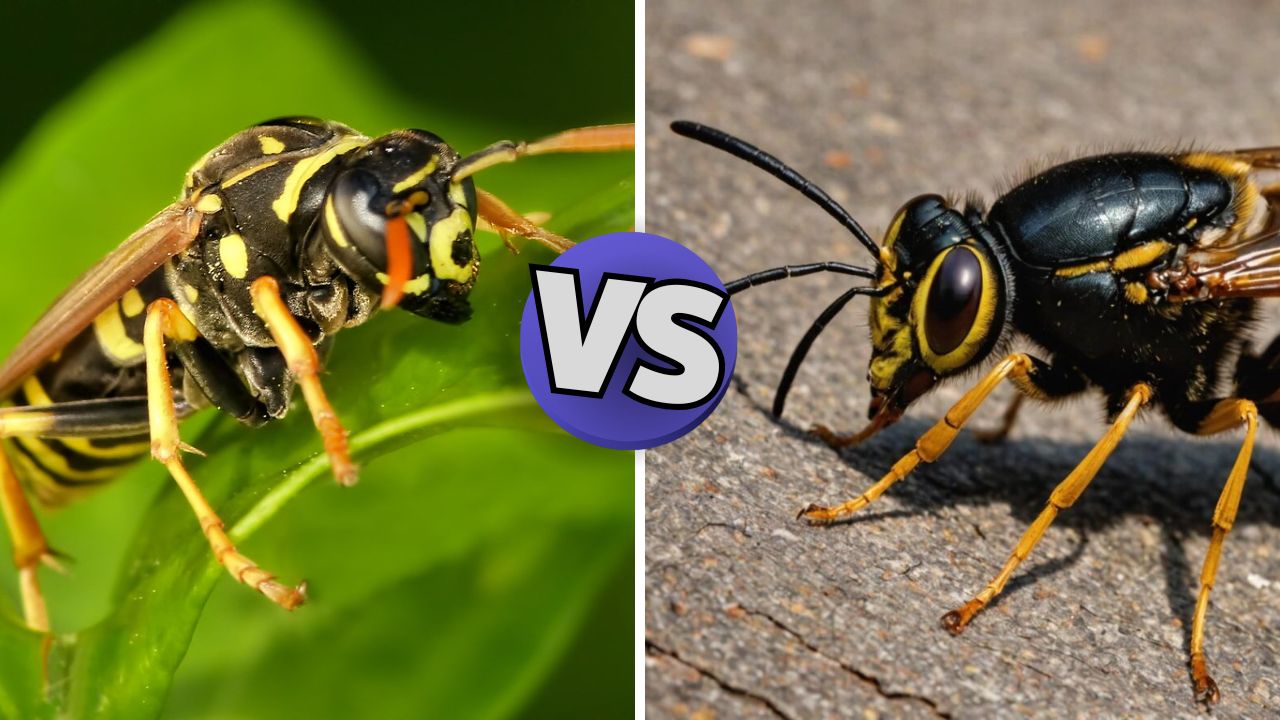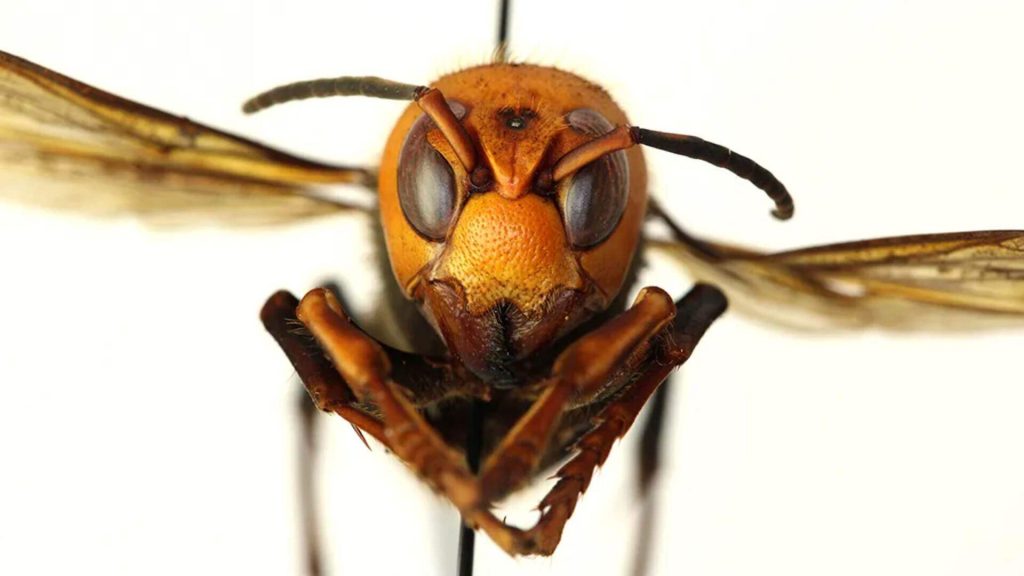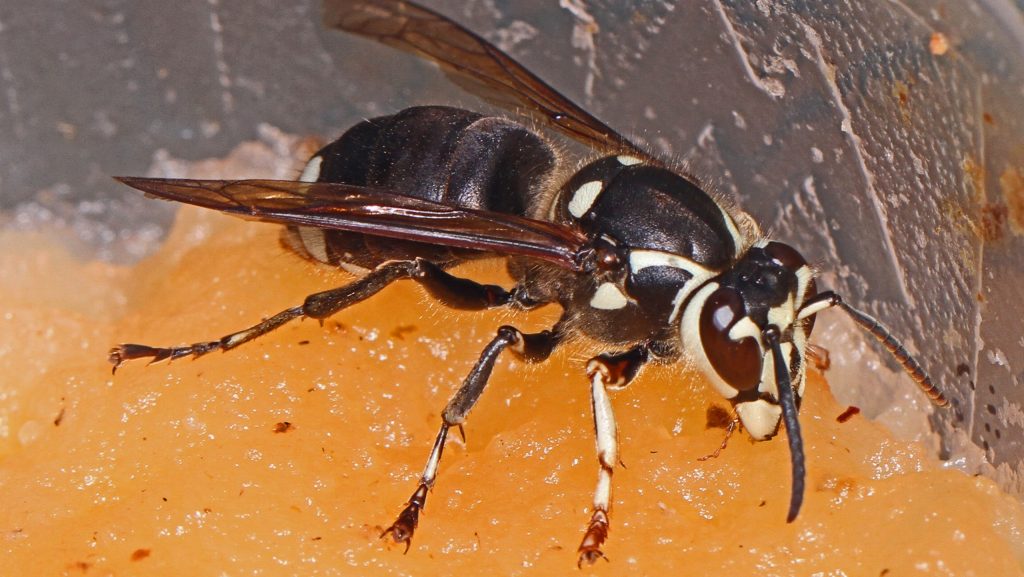You’re lounging in your backyard, soaking up the sunshine, sipping iced tea—life is good, right? But then something buzzes past your ear, a flash of black and yellow, and suddenly, your peaceful afternoon turns into a mini heart attack. You freeze and think, “Wait, was that a wasp or a hornet?” And honestly, does it even matter? Well, it actually does—a lot more than you might think. Understanding the difference between these two stinging pests can keep your family safe and your home pest-free. Let’s get into it.




While wasps are more common and likely to interact with humans, hornets generally keep their distance unless threatened.


First Things First: Is a Hornet a Type of Wasp?
You know what? People often throw around “wasp” and “hornet” interchangeably, thinking they’re basically the same. But here’s the kicker—a hornet is actually a special type of wasp, kind of like how all squares are rectangles, but not all rectangles are squares. Confused yet? Stick with me here. Both wasps and hornets belong to the family Vespidae. But hornets have unique traits that set them apart from their waspy cousins—think bigger bodies, more potent stings, and distinct nesting habits.Size Matters (At Least in the Bug World)
- Let’s start with size because, honestly, that’s usually the first thing homeowners notice.
-
Wasps: Slim and sleek, wasps measure about 1/2 to 3/4 inch long and appear agile—like the sports cars of the insect world.
-
Hornets: Larger and more robust, hornets range from 1 to 1.5 inches in length. Their chunky build can be intimidating, especially the European hornet.


Not getting a solution?
Get your free pest control estimate today!Physical Differences: Wasp vs Hornet
At first glance, wasps and hornets may look alike, but their physical features set them apart.Characteristics of Wasps
-
 Size and Shape: Typically smaller with slender, elongated bodies.
Size and Shape: Typically smaller with slender, elongated bodies. -
 Coloration: Bright yellow and black stripes are common, giving them a striking appearance.
Coloration: Bright yellow and black stripes are common, giving them a striking appearance. -
 Legs: Long legs that dangle during flight, adding to their distinctive look.
Legs: Long legs that dangle during flight, adding to their distinctive look. -
 Exoskeleton: Smooth, shiny exoskeletons that appear sleek and polished.
Exoskeleton: Smooth, shiny exoskeletons that appear sleek and polished.
Characteristics of Hornets
-
 Size and Shape: Their bodies are Larger and more robust than wasps.
Size and Shape: Their bodies are Larger and more robust than wasps. -
 Coloration: Often brown or black with yellow or white markings, depending on the species.
Coloration: Often brown or black with yellow or white markings, depending on the species. -
 Legs: Shorter legs compared to wasps, contributing to their bulkier appearance.
Legs: Shorter legs compared to wasps, contributing to their bulkier appearance. -
 Size Example: European hornets, for example, can grow up to 1.5 inches long, making them one of the largest hornet species.
Size Example: European hornets, for example, can grow up to 1.5 inches long, making them one of the largest hornet species.
Difference between Hornet and Wasp
Both wasps and hornets are predatory, but their behavior and interactions with humans differ.| Wasps | Hornets |
|
|
Hornet Sting vs Wasp Sting: Which Hurts More?
- Let’s clear up something everyone wonders about: the sting. You know what I’m talking about—pain, swelling, discomfort—the whole miserable package.
-
Wasp Stings: Cause a sharp, burning pain that usually subsides within a few hours unless an allergic reaction occurs.
-
Hornet Stings: Deliver more intense pain and swelling due to higher venom concentration, with effects lasting longer and posing higher risks for allergic individuals.

Nesting Habits: Difference Between Wasp and Hornet
The nesting habits of wasps and hornets also differ, providing clues to their identification.Nest Characteristics of Wasps and Hornets
-
Wasps: Build papery nests from chewed wood pulp. Nests are often found under eaves, attics, or tree branches. Smaller nests house a few dozen to a hundred wasps.
-
Hornets: Construct larger, football-shaped nests, often in higher locations like tree branches. European hornets can also build nests in hollow trees or wall voids. Their nests house hundreds of individuals.
What’s the Difference Between a Wasp and a Hornet?
| Feature | Wasps | Hornets |
|---|---|---|
| Size | Smaller and slimmer. | Larger and more robust. |
| Color | Bright yellow and black. | Brown or black with yellow or white markings. |
| Aggressiveness | More aggressive, especially around food. | Less aggressive unless threatened. |
| Nest Location | Eaves, attics, tree branches. | High in trees or natural cavities. |
| Sting | Painful but less venomous. | More painful due to higher venom concentration. |
How to Handle Encounters with Wasps or Hornets
When dealing with wasps or hornets, safety is key. Here are some tips:Tips for Handling Wasps and Hornets
-
Stay calm and move slowly if they are nearby.
-
Do not swat at them, as this can trigger aggression.
-
Look for wasp nests under eaves or in bushes.
-
Hornet nests are larger and usually found in higher locations.
-
If you discover a nest near your home, contact a pest control expert.
-
Attempting to remove a nest on your own can be dangerous.





